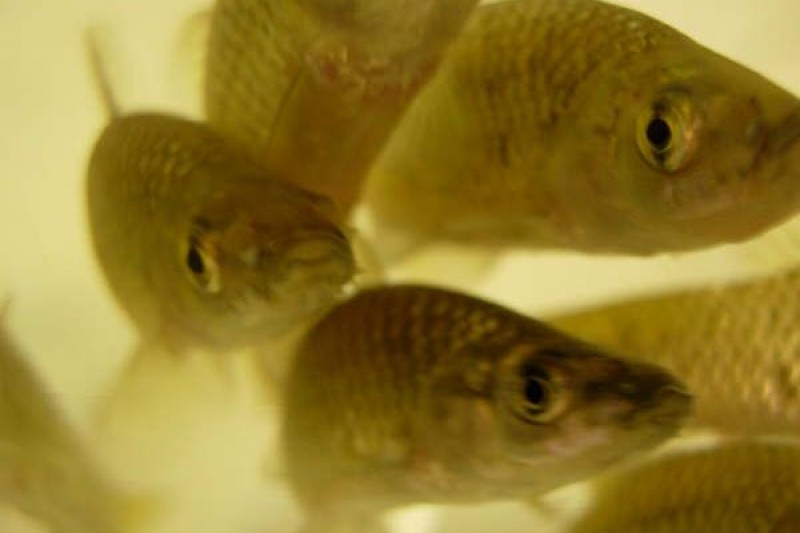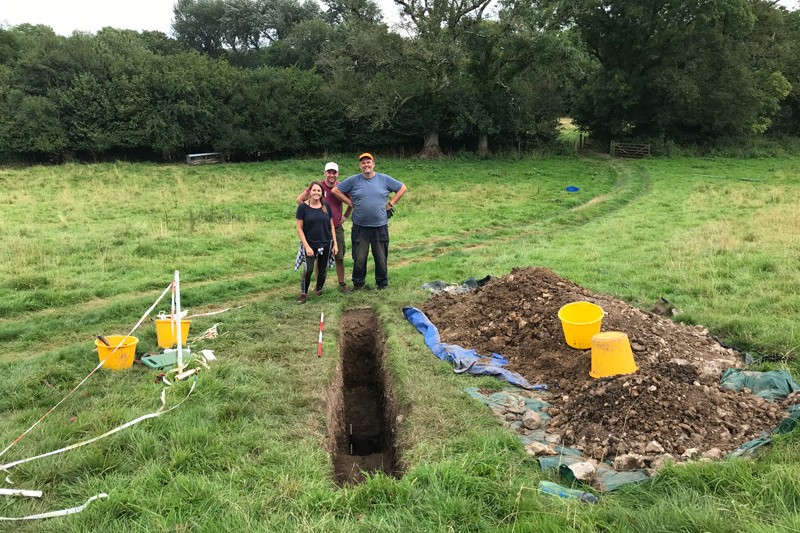The interaction of species within an ecosystem is important in predicting how they will respond when diseases are introduced, Bournemouth University (BU) modelling has found.

The research examined how aquatic communities can recover after a disturbance – in this case, the introduction of the rosette agent, a fish parasite which was introduced to UK waters through invasive species the topmouth gudgeon and has had severe effects on native UK fish populations.
The BU study modelled the introduction of a healthy carrier of a fungal infection into a host community and examined how the susceptibility of predators at the top of the food chain influenced the spread and impact of the disease.
The paper, published in the British Ecological Society’s Journal of Animal Ecology, found that to make predictions about the effect of a disease on a given disease, the species' interaction with each other is as important as their response to the disease.
The presence of resistant hosts at the top of the food chain controlled the population growth of the disease carrier, but was not able to effectively eliminate the spread of infection.
The study was led by Dr Demetra Andreou, Principal Academic in Environmental Science at BU, with PhD student Farah Al-Shorbaji and Professor Rob Britton alongside Rudy Gozlan and Benjamin Roche from L'Institut de recherche pour le développement (IRD) in France.
“Different communities can recover to different degrees, based on many factors,” said Farah Al-Shorbaji.
“Two of those factors are how much the disease affects each species, and interactions like predation. Our model combined both those factors. This allowed us to test possible ways of controlling the disease. For example, we could test if adding a predator that would eat infected fish might control the spread of the disease.”
Dr Andreou added: “Our results demonstrate why disease emergence can occur in some communities but not others, and show how management practices such as biocontrol (the introduction of one species to manage another) must be closely monitored.
“It also highlighted the danger of a fungal pathogen that can transmit widely through direct contact and the environment.”
Read the full paper on the Journal of Animal Ecology website.



